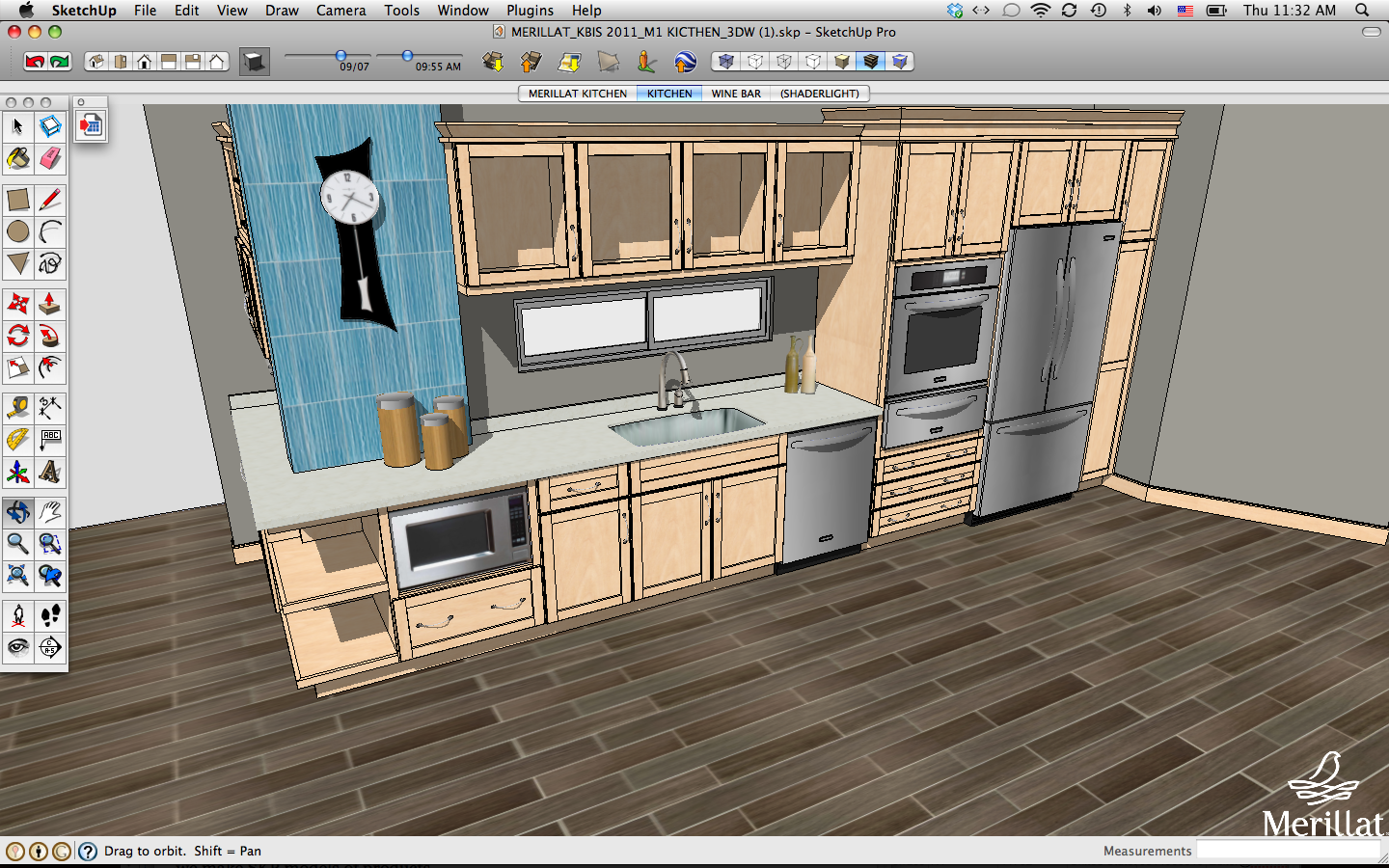

Something to keep in mind – deleting templates isn’t quite as easy as creating them. When converting to STL, make sure the printer isn’t showing, or it will be included in the file conversion!)


(You can’t send a SketchUp model directly to a 3D printer – it must be converted to STL format first. That frees up your display to work on the 3D print model itself. Once you have the model’s scale established, you can click the “No Makerbot” tab to blank the printer itself. I found a minion model in the 3D Warehouse, and used the Scale tool to make it fit on the Makerbot’s print bed. Here’s my 3D printing template, with its Makerbot ready for a 3D printing project. (If SketchUp is already open, the new template will be used the next time you create a new file.) Choose it, then click Start using SketchUp. Your template appears in the template list. (You can Google “SketchUp template folder” if you need to find out where they’re hidden away.) Using the TemplateĬlose SketchUp, or if SketchUp’s still open, choose Help / Welcome to SketchUp. SketchUp saves this file to a hidden folder, to prevent you from messing with the templates. If you want to use this template as the default each time you use SketchUp, check that box. When the file looks like the template you want, choose File / Save as Template from the main menu. (The View menu has some of these display options as well.) The Styles window is where you’d make these changes. If you want to change edge properties, default face colors, or show or hide axes, now’s the time to do all that. Click the “Makerbot” scene so that the printer is showing. And there are two scenes – one for showing the printer, one for hiding it.īefore you save, make sure what you want displayed is displayed. The file from Part 1 contained an imported model of a 3D printer (though you could just as easily create a simple box representing your print bed). In this post, I’ll show how to save this file as a template, and how to start a new file using this template. In Part 1 of this series, I showed how to set up the SketchUp file that will be saved as a 3D printing template.


 0 kommentar(er)
0 kommentar(er)
